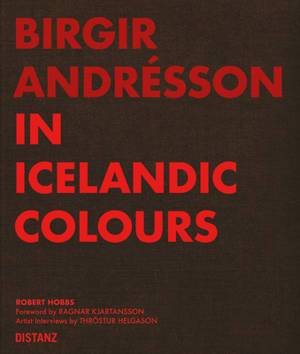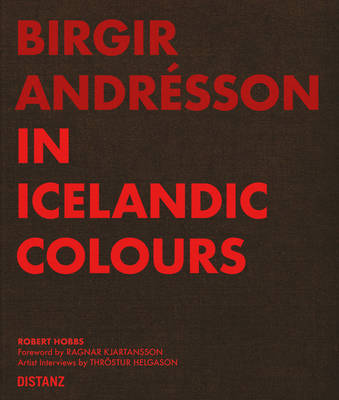
- Retrait gratuit dans votre magasin Club
- 7.000.000 titres dans notre catalogue
- Payer en toute sécurité
- Toujours un magasin près de chez vous
- Retrait gratuit dans votre magasin Club
- 7.000.0000 titres dans notre catalogue
- Payer en toute sécurité
- Toujours un magasin près de chez vous
Description
Fabulous Stories from Iceland
For Birgir Andrésson (b. Vestmannaeyjar, Iceland, 1955; d. 2007), Iceland was much more than merely his native country. It was the muse and subject of much of his oeuvre. In eclectic works in media ranging from painting, sculpture, and drawing to writing and photography, Andrésson explored Iceland's culture, history, and nature and deconstructed and redefined Icelandic identity, playfully manipulating local narratives and international stereotypes alike.
A distinctive effect that is now ironic, now altogether melancholy is achieved by works in which he celebrates found photographs of nineteenth-century vagrants and eccentrics, enlarged and distorted paintings from 1930s stamps, or Icelandic natural sights like geysers and waterfalls. Color and writing are another central concern in the artist's oeuvre. In the series Icelandic Colours, he labels various colors uniquely Icelandic even though they could exist anywhere--a jest in the spirit of Magritte's visual critique of language. The letters "pouring rain" appear along the top edge of the picture in a muted orange; the grayish-green hues that appear in the composition are listed further down: Icelandic 0560-Y20R and Icelandic 4010-890G. The codes refer to the NCS Natural Colour System, which he uses to define the tones, and are as illuminating as they are deceptive, exemplifying Andrésson's distinctive flair for semiotic games.
During his lifetime, Andrésson had more than 50 solo exhibitions and participated in more than 80 group shows. In 1995, he created the Icelandic contribution to the Venice Biennale. Icelandic Colours is the first comprehensive and extensive monograph of the oeuvre that this artist, who died too young, built over three decades. With a foreword by Ragnar Kjartansson, interviews with Andrésson's friends and colleagues by Thröstur Helgason, and an essay on the conjunction of literature and semiotics in the artist's work by Robert Hobbs.
Spécifications
Parties prenantes
- Auteur(s) :
- Editeur:
Contenu
- Nombre de pages :
- 432
- Langue:
- Anglais
Caractéristiques
- EAN:
- 9783954764129
- Date de parution :
- 05-01-22
- Format:
- Livre relié
- Format numérique:
- Genaaid
- Dimensions :
- 251 mm x 294 mm
- Poids :
- 2095 g

Les avis
Nous publions uniquement les avis qui respectent les conditions requises. Consultez nos conditions pour les avis.






